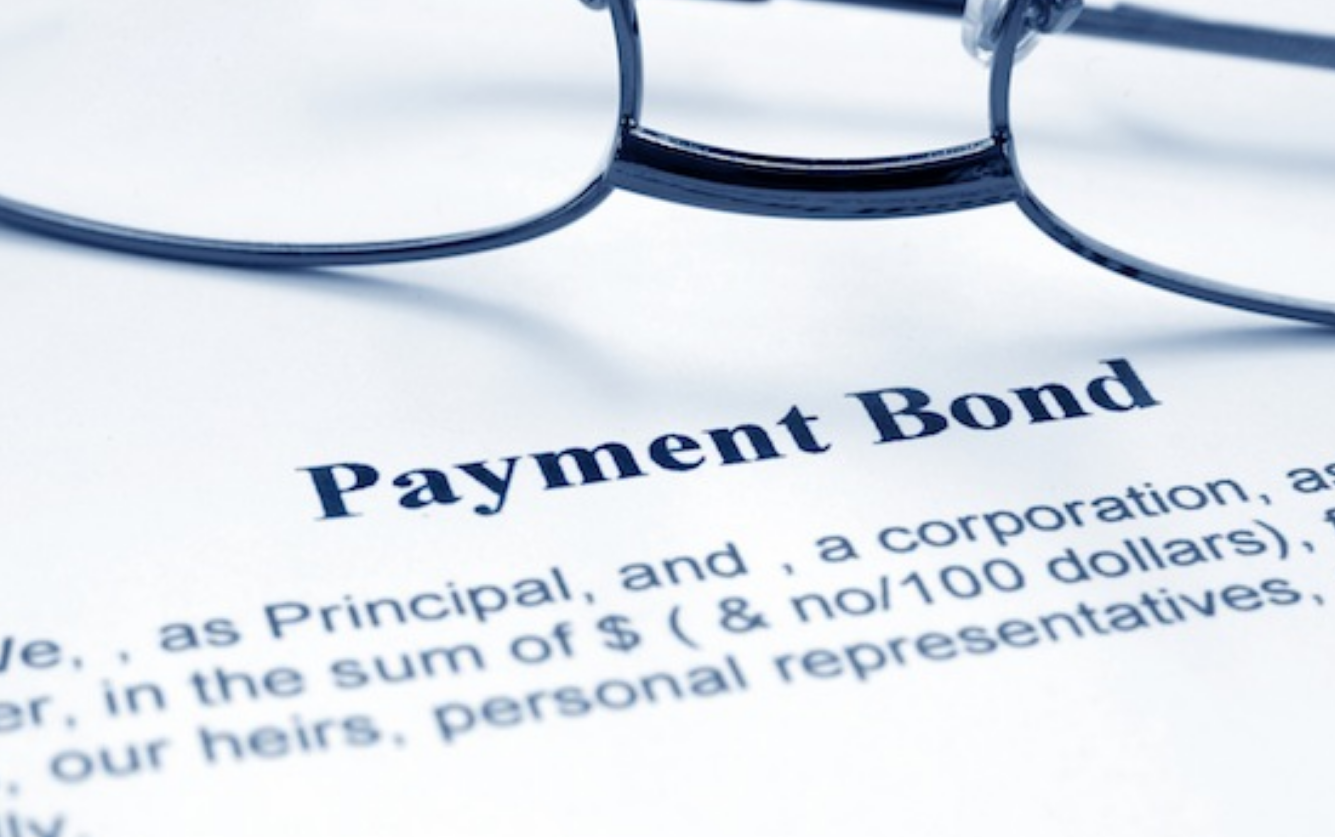3-in-3: Payment & Performance Bonds
Today’s 3-in-3 features Jenna Burnett, Notice & Mechanic’s Lien Specialist. Read this post to learn more about payment & performance bonds.
Payment & performance bonds were created to allow risk to be shifted from public/government agencies, to the private sector; specifically, to the private surety companies that post the bonds.
In Construction, what are the bond types and who do they protect?
Jenna: The two main types of bonds are performance and payment bonds.
A performance bond protects the owner if the contractor fails to complete the project according to contract, whereas a payment bond protects suppliers and subcontractors who are furnishing material and labor to the project.
Generally, on public and federal projects, the contractor will obtain both a payment and performance bond; however, it is the payment bond that you would look to for payment protection.
When should a credit manager look to obtain a copy of this bond?
Jenna: It is best to try and obtain a copy of the bond at the beginning of the project, before there are problems on the job.
Also, by obtaining a copy up front, you can review the bond to make sure you are protected. Important details to review include who the principal on the bond is and who they are bound unto. Most of the time, the general contractor will be the principal and will be bound unto the owner of the project, but sometimes the subcontractor may obtain a bond as well.
If a creditor isn’t paid, can they leverage the payment bond to recover payment?
Jenna: Yes, to recover payment, a formal claim is generally required, and is usually served upon the principal of the bond and the surety, stating that you’re making a claim and looking to the surety for payment.
The requirements for a claim may differ, depending on who the principal of the bond is, as a general contractor’s bond will generally look to the terms of the statute, which varies by state, and a subcontractor’s bond most often will look to the terms of the bond. It is critical to obtain a copy of the bond to confirm the principal of the bond, along with the terms of the bond.
It’s important to note, bonds may not be available on all jobs.
Most public and federal projects will have a payment bond; however, sometimes a bond may not be required if the general contract does not meet the dollar threshold defined by statute. To ensure security exists, you should always ask for a copy of the payment bond when you sign your contract, rather than just assume there’s a bond.
There may also be occasions where a payment bond has been issued for a private project.
Some states even have statutes that if a project is properly bonded, lien rights may not be available. The National Lien Digest© provides the details for those specific cases and also provides a quick reference guide on payment bond threshold requirements by state.
3-in-3 Takeaway
A payment bond is a valuable risk-reducing tool for creditors furnishing materials and/or services to construction projects.
As a best practice, always obtain a copy of the bond up front and make sure you are familiar with the state statute, to ensure you take appropriate steps in the event of non-payment.
